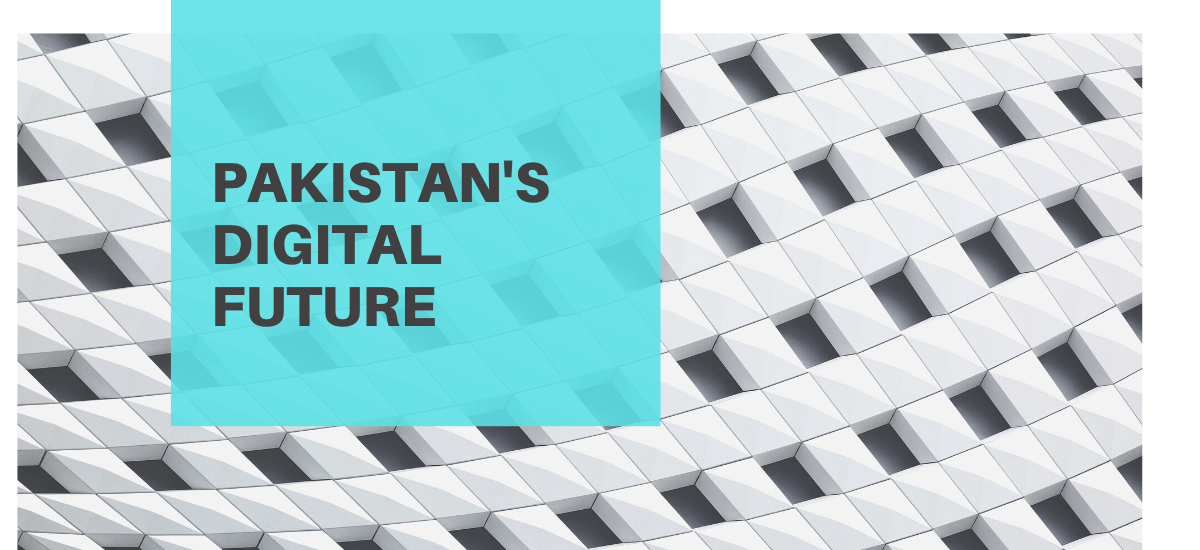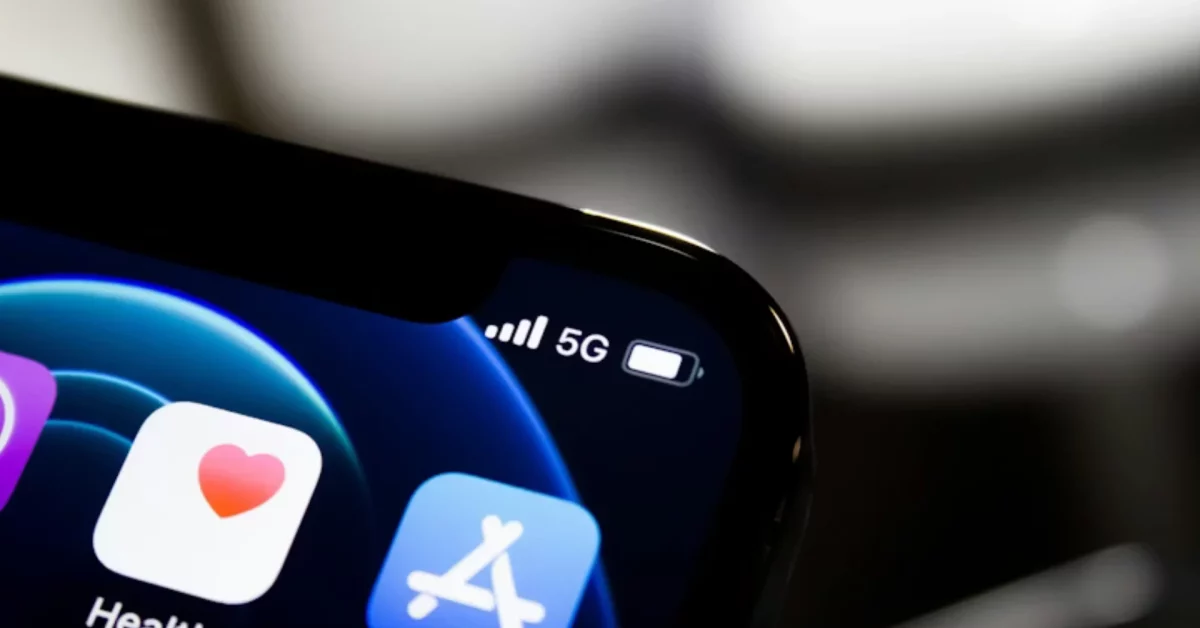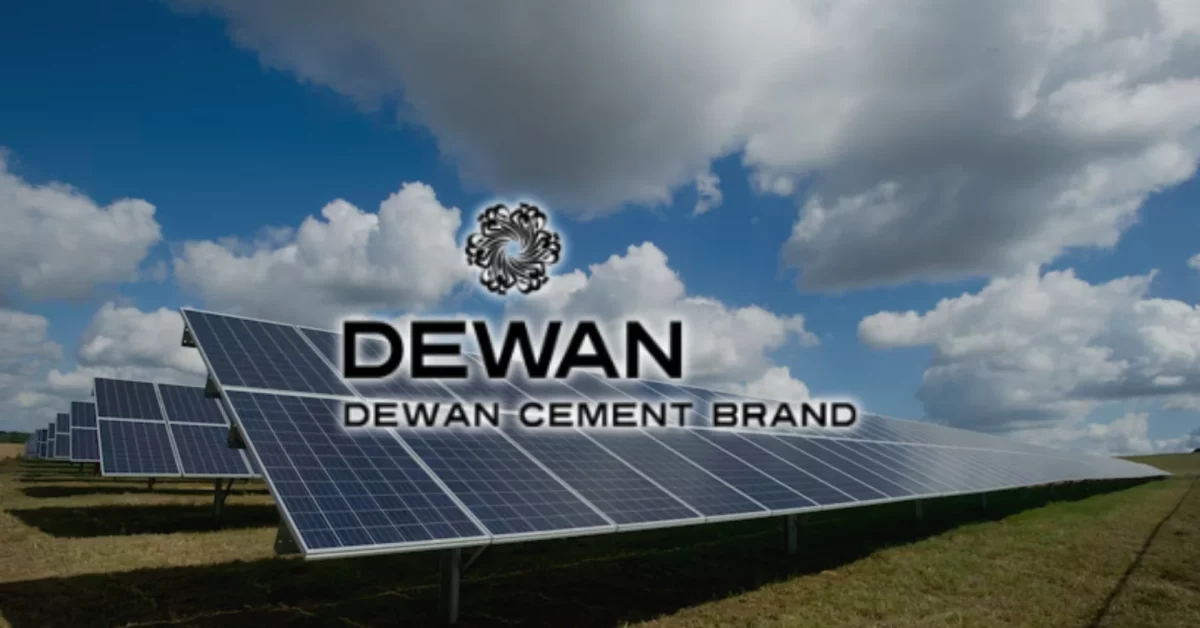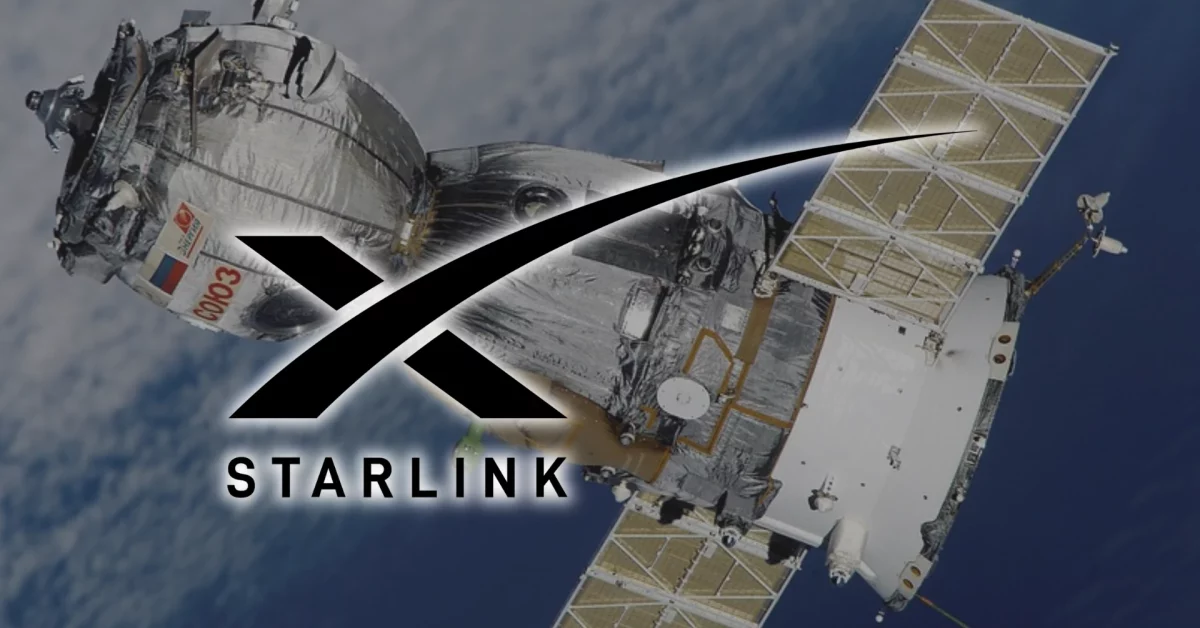
The Potential & Challenges for E-Commerce in Pakistan
January 2, 2020
Women SDG Challenge Cup 2019
January 9, 2020Pakistan’s Digital Future
Even after 20 years of online access, Pakistan is still at the beginning of a digital revolution. While we have progressed from modems to broadbands to smartphones and witnessed a transformation in the way we carry out our routine tasks, the truth is that Pakistan has been disinclined to fully exploit the opportunities offered by ICT. Pakistan’s position at 110th on the World Economic Forum’s Technology Readiness Index cuts a sorry figure. This is below even some of the conflicted regions of the world.
But why are we so far behind? And who is at fault? If we ask the country’s leading telecom firm, Jazz, achieving a completely digital Pakistan without the required support of all stakeholders is wishful thinking. The journey towards a digital Pakistan is one that can’t be undertaken alone. Therefore, Jazz, for the longest time, has been insisting that policymakers provide the infrastructure, which enables connectivity to a greater number of people. Unfortunately, past governments have not been so responsive in realizing the benefits afforded by digitalization. Despite the fact that digitalization will, primarily, improve business processes for the government itself.
However, headline-grabbing news last month presents a new ray of hope for the technology sector – PM Imran Khan launched the Digital Pakistan Vision. The aim is to make Pakistan more digitally inclusive and use technology for the greater public good. Based on five strategic pillars (which include access and connectivity, digital infrastructure, e-government, digital skilling and literacy, innovation and entrepreneurship), the initiative marks a milestone in the journey towards creating a digital ecosystem.
As a company that believes wholeheartedly in the power of digital transformation, Jazz could not be any happier about this breakthrough. Jazz has been involved in several initiatives to both create a conversation around a digital future and contribute towards building a Digital Pakistan. From Jazz Smart Schools to its numerous collaborations with National Incubation Center to support digital startups, Jazz has invested itself in implementing technological solutions to problems. Jazz recently partnered with the NIC to organize an SDG Hackathon, which allowed techpreneurs to come forward with inspiring ideas of startups and walk away with prize money to kickstart their idea. In 2017, the Jazz Smart Schools program was designed to educate children through a digital blended learning platform. The goal was to digitize Pakistan’s youth bulge and equip them to access opportunities when they are ready.
Jazz believes that the time is ripe for digital disruption of all kinds in Pakistan. As Pakistan is committing itself to the attainment of Sustainable Development Goals 2030, digital technology has great potential to help Pakistan deliver these goals. Technology, if leveraged positively, can help achieve the benchmarks, which include ending poverty, hunger, and ensuring quality education, peace and justice and access to safe drinking water by 2030 (among others) to enable it to join the league of upper-middle-class countries.
The smartphone, one of the emblematic technologies of digitalization, has already contributed greatly to achievements in the social and economic sphere. It has enabled improved access to information, more reliable communication, effective data collection in rural healthcare; it has facilitated banking in remote areas, and much more. Therefore, further digitalization of services can offer equal opportunities to the underprivileged sections of society for participation in the economy. For a developing nation like Pakistan, ICT specifically can drive the attainment of these goals by providing access to populations that have been deprived.
PM Imran’s vision of Digital Pakistan aims to harness digitalization to reap benefits. The decision to hire an ex-Google employee, Tania Aidrus to lead the digital Pakistan initiative has the symbolic importance of a female figure being at the forefront of this digital revolution. In her words, she wants to “put Pakistan on the map” as far as technology and innovation were concerned.
The future is digital, goes the cliché. But when is the future? It is starting now.






